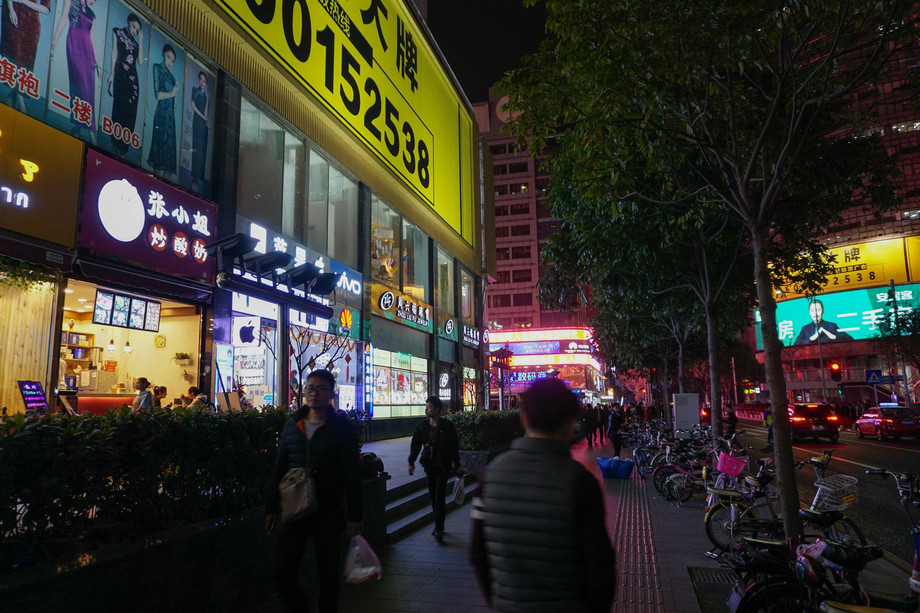In today's fast-paced technological landscape, the marriage of creativity and innovation takes center stage in shaping the products we use daily. Industrial design and hardware engineering studios play a pivotal role in bringing these ideas to life. Let's delve into the fascinating realm of these studios and understand their significance.
Understanding Industrial Design: Where Form Meets Function
At the heart of every well-designed product lies a harmonious blend of aesthetics and functionality. This is where industrial design steps in. Industrial designers are the creative minds who transform abstract concepts into tangible, user-friendly objects. They meticulously consider the look, feel, and usability of products, ensuring they resonate with users on both practical and emotional levels.
The process starts with ideation. Designers brainstorm ideas, sketching rough concepts that evolve into more refined drawings. These drawings then transform into digital models using specialized software, allowing designers to visualize the product in a three-dimensional space. Once the concept gains approval, prototypes are developed for testing and refinement.
Industrial design studios serve as hubs of creativity. These studios foster an environment where designers can collaborate, exchange ideas, and push the boundaries of innovation. Often, these spaces are equipped with cutting-edge tools like 3D printers and virtual reality systems, enabling designers to rapidly iterate their ideas.
The Role of Hardware Engineering: Bridging Imagination and Reality
While industrial designers focus on the external aspects of a product, hardware engineering studios tackle the intricacies that make a device function seamlessly. Hardware engineers are the architects who bring the digital and physical worlds together. They design, develop, and test the electronic components that power modern gadgets.
The hardware engineering process kicks off with the creation of a detailed schematic. Engineers plan out the layout of the circuit, selecting components that meet performance and cost requirements. Once the schematic is approved, engineers design a printed circuit board (PCB) that houses these components. This PCB undergoes rigorous testing to ensure it performs reliably under various conditions.
Hardware engineering studios are hotspots of technical expertise. These spaces are equipped with advanced tools such as oscilloscopes, soldering stations, and simulation software. Engineers collaborate closely to resolve challenges and optimize designs, ensuring that the final product meets the highest quality standards.
The Symbiotic Relationship: Collaboration between Design and Engineering
While industrial design and hardware engineering have distinct focuses, their collaboration is essential for creating exceptional products. This synergy is most evident in the development phase, where designers and engineers work hand in hand to refine prototypes. Design considerations, such as the placement of buttons for ergonomic comfort, can influence the hardware layout, and vice versa.
Clear communication between these two teams is crucial. Regular meetings and brainstorming sessions allow designers and engineers to exchange insights and tackle potential roadblocks. This iterative process leads to a product that not only looks appealing but functions flawlessly as well.
Innovation and Beyond: Shaping the Future
The realms of industrial design and hardware engineering are in a constant state of evolution. Studios are at the forefront of adopting emerging technologies like augmented reality and artificial intelligence (AI) to create groundbreaking experiences. AR can assist designers in visualizing products in real-world environments, while AI-driven simulations can predict how hardware components will perform.
As sustainability takes center stage, these studios are also embracing eco-friendly practices. Designers are opting for materials with lower environmental impact, while engineers develop energy-efficient components to reduce a product's carbon footprint.
For More Info:-
industrial design startup in texas
industrial design proposal in austin









